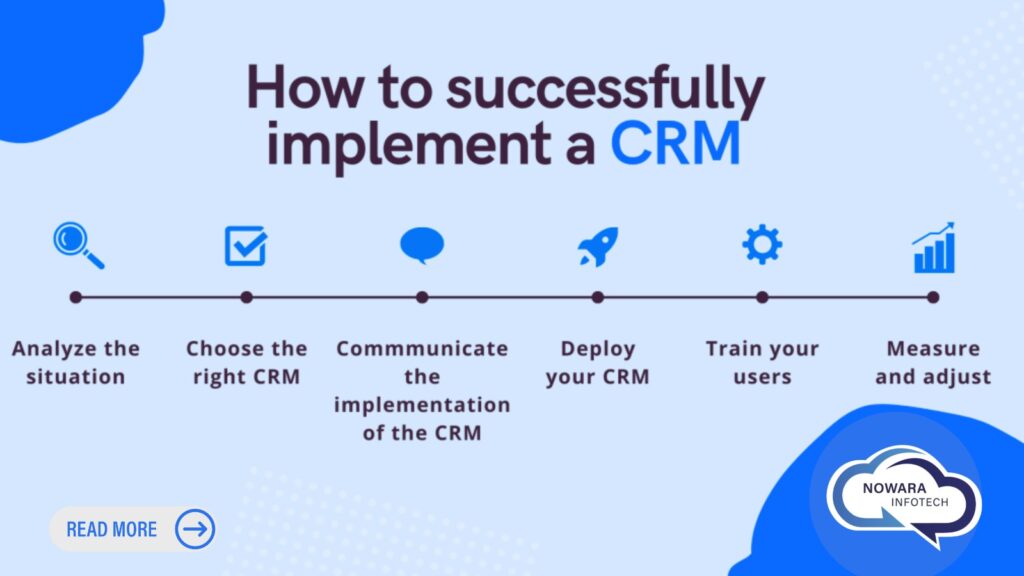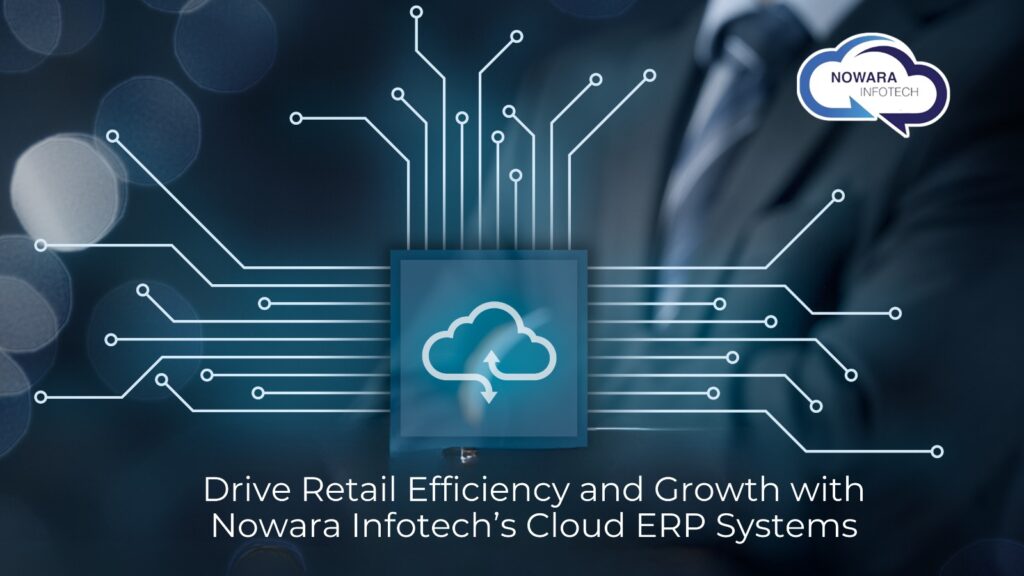Why CRM Implementation is Essential for Business Growth
In today’s fast-paced business environment, managing customer relationships efficiently is more critical than ever. Yet, many businesses struggle with disorganized customer data, missed follow-ups, and inefficient sales processes. Without a CRM implementation, companies face challenges such as: This is where Microsoft Dynamics CRM implementation comes in, offering a structured and automated approach to managing customer relationships, streamlining processes, and driving business success. What is CRM Implementation? CRM (Customer Relationship Management) implementation is the process of integrating a CRM system into your business operations. It involves configuring, customizing, and deploying a CRM platform to align with your company’s needs, ensuring seamless sales, marketing, and customer service processes. A successful CRM implementation helps businesses: Among the many CRM solutions available, Microsoft Dynamics CRM implementation is a preferred choice for businesses looking for scalability, automation, and integration with other Microsoft tools. Five Key Steps in CRM Implementation Implementing a CRM successfully requires strategic planning and execution. Here are the five essential steps: 1. Define Business Objectives Before selecting a CRM, identify what you aim to achieve. Are you looking to streamline sales processes, improve customer service, or enhance marketing automation? Clearly defining goals ensures the CRM aligns with your business needs. 2. Choose the Right CRM Solution Not all CRM platforms are the same. Microsoft Dynamics CRM implementation stands out for its ability to integrate with Office 365, Power BI, and other Microsoft tools, providing a seamless user experience. Choosing the right CRM ensures compatibility with your workflows. 3. Customize and Configure Every business has unique processes. Customizing the CRM to match your workflow, adding automation, and configuring dashboards and reports ensures maximum efficiency and usability. 4. Train Your Team A CRM is only as good as the people using it. Providing hands-on training and resources ensures that employees understand how to use the CRM effectively, leading to higher adoption rates. 5. Monitor, Evaluate, and Improve CRM implementation doesn’t stop at deployment. Regularly reviewing performance metrics, gathering user feedback, and making improvements ensure that the CRM continues to deliver value over time. How Does CRM Work? A CRM system works by collecting and organizing customer information in one place, allowing businesses to track interactions, automate workflows, and gain actionable insights. Key functionalities include: By leveraging Microsoft Dynamics CRM implementation, businesses can take advantage of AI-driven insights, advanced reporting, and seamless integration with other Microsoft applications. Conclusion: Future-Proof Your Business with CRM Implementation A well-executed CRM implementation is more than just a software upgrade—it’s a business transformation. Whether you are a growing startup or an established enterprise, implementing a robust CRM like Microsoft Dynamics CRM can optimize operations, boost customer relationships, and drive long-term success. At Nowara Infotech, we specialize in Microsoft Dynamics CRM implementation, ensuring a smooth transition and maximum ROI for businesses. Ready to enhance your customer management strategy? Contact us today and let’s get started!










